
We recorded a video on a flash card with a USB port, inserted it into the corresponding slot on the TV, but the program shows that there is no video. Or it just doesn't play the video specifically on the TV. This problem is not rare. There are several possible reasons for this.
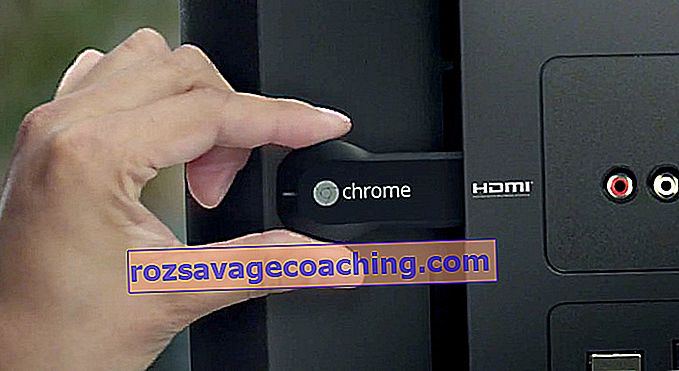
Problems and solutions
One of the most popular and, unfortunately, unsolvable options - the USB input is simply not provided for servicing a flash card . It's hard to believe, but it happens. This input on the TV is made strictly to update the software of the device.
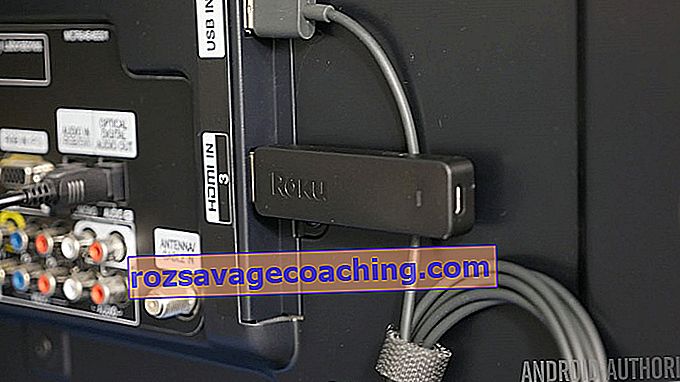
Inappropriate model
If the TV is not playing video from the USB stick, chances are the USB stick really isn't designed for this purpose. The TV model does not provide these functions. The newer the device, the less chances that such a reason explains the inability to view the video. But there is still a way out.
- You can reflash the device. True, not every TV is suitable for such an upgrade, of course, the user himself is unlikely to cope with this. But the master can get down to business and turn a seemingly hopeless case into a solvable situation. It is better not to go into the flashing yourself, the consequences may be irreversible.
- Refer to the engineering menu . But this is not very simple either, because such a step can only be made with the help of a special service point. On the forums, you can read a "hacker" advice: sign in with two infrared diodes. But this is a very dangerous step. The engineering menu should be entrusted to professionals. If the user himself accidentally selects the wrong function, he can accidentally knock off all the settings.
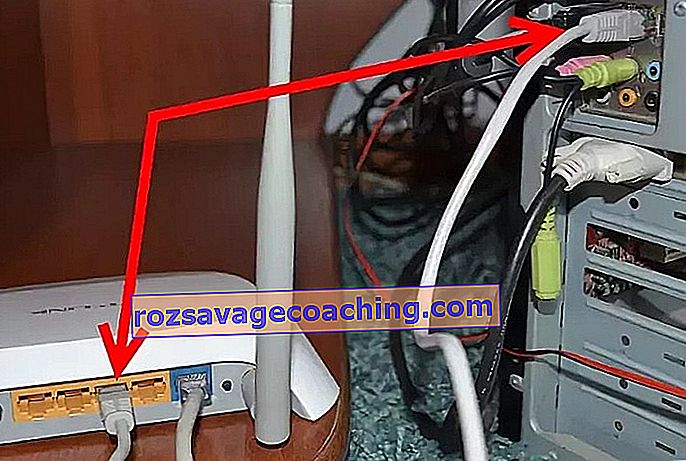
Therefore, only those who have solid experience in this and clearly understand what they are doing should intervene in the work of technology. For the rest, it is better to turn to an experienced master.

Doesn't support this video format
Another way to explain the problem is when the TV simply does not see the video and, as a result, does not show a movie or other video. In such a situation, you can try to fix the situation like this.
- The video file should be processed on a computer with a special program, that is, it should be converted. That is, the video itself needs to be translated into the format that the TV supports.
- You can use an HDMI cable that connects to your computer. This will ensure that the TV will act as a monitor. It is important to correctly configure the video card by checking the settings on the device.
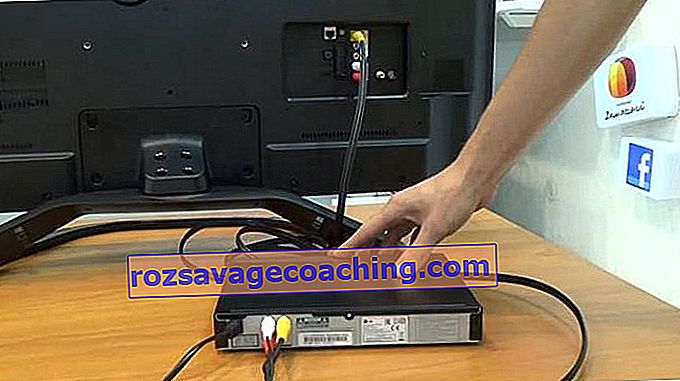
Finally, it is worth starting with the instructions - read what formats the TV supports and download videos of only these formats. Or pre-convert the video to the desired file so that there are no difficulties with viewing.
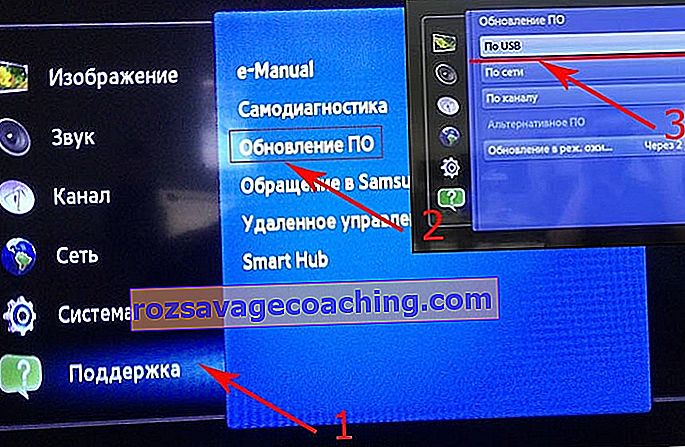
Old software
There is no option but to update the software . If the TV has an Internet connection function, then you can do it yourself, quickly and without problems. But there is another option: download the official instructions from the manufacturer's website and install the software manually , referring to the instructions in the instructions.
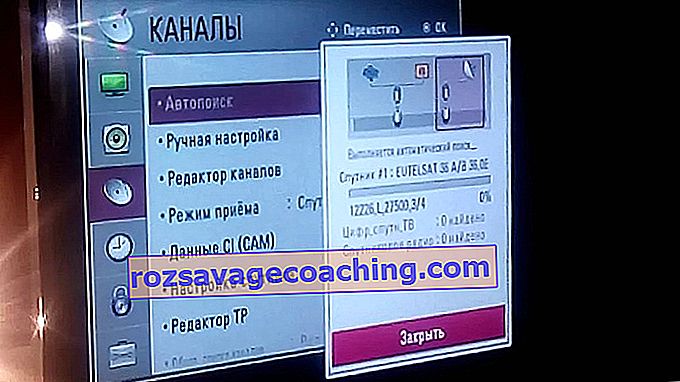
If problems arise here, you need to call the service center, and specialist operators will explain how to resolve the issue. Very often, the TV does not play video on a flash drive precisely because of the non-updated software, so you just need to make it a useful habit to regularly check for updates. It happens that the user simply throws off service offers for software updates and does not know that the TV is ready to work in a more comfortable mode.
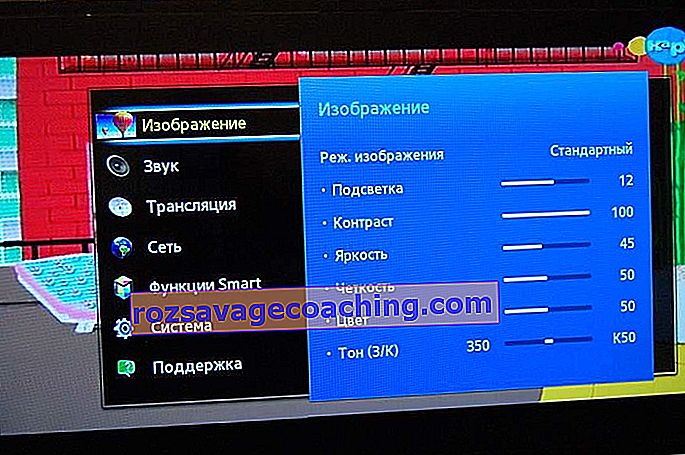
Other reasons
There are modern LCD TVs that fundamentally retain the parameters of limiting the size of video playback. For example, LG, Samsung, Sony and Philips all work with a limited number of video sizes. And it is impossible to get around such a framework. Therefore, the owners of such TV models most often purchase an HDMI cable and connect the computer to the TV directly.

What else can cause the video to fail to play?
- The file name may be incorrect. Some TVs do not "understand" the Cyrillic alphabet, and therefore the files should be called numbers or Latin.
- File system errors occur. For example, if the TV previously read a USB flash drive without problems, but suddenly stopped recognizing it, this indicates errors on the drive itself. You should connect the USB flash drive to the computer, open the context menu, right-click and go through the following chain: "Properties - Tools - Check disk - Check". Next, you will need to put "birds" in the line "Automatically fix system errors".
- The USB port is defective. Maybe it is worth starting with checking the port operation. If he does not see any flash drive, cable, you may need to contact the service center to fix the problem.

It happens that the TV does not recognize the audio tracks of video files (does not support certain codecs). In this case, you also need to convert the video or download the same movie in a different format.
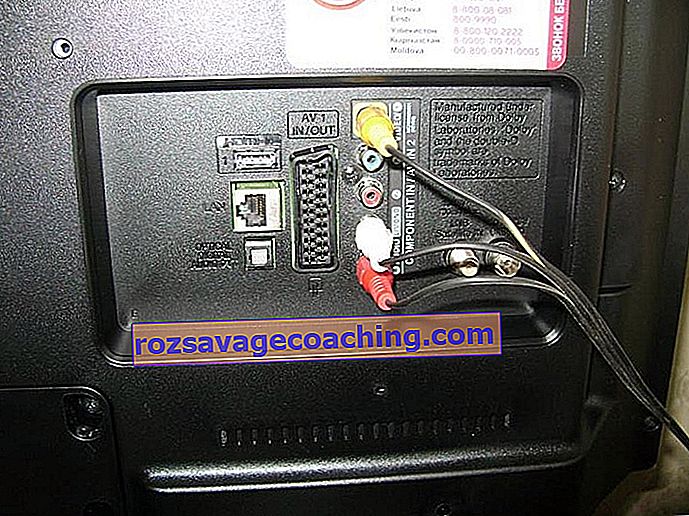
Tips
Be sure to check how much the film weighs. If there is a video on the flash drive that weighs 20.30 and even 40 GB, not all TVs will be able to support this video size. Older models rarely have this capability. Files from 4 to 10 GB are most convenient in this regard.

If the TV does not have a USB port at all, you can take an old DVD-player or digital set-top box. They usually have the right entrance. To connect, just switch to a set-top box or DVD. And then, taking the remote control from this device, select the USB connection. That is, the launch will be virtually the same as on the TV.
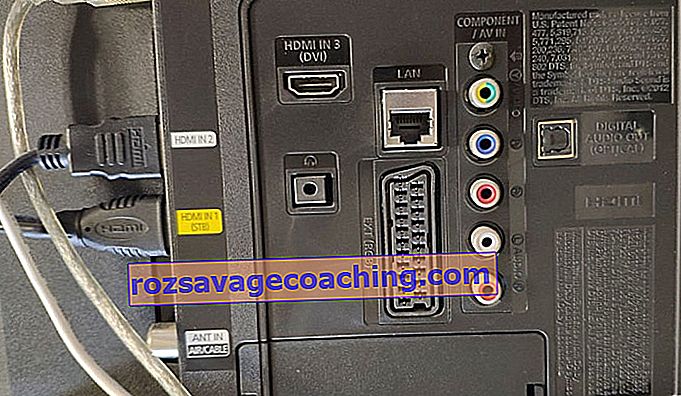
The video below describes the reasons for not playing video from a USB flash drive and how to fix them.